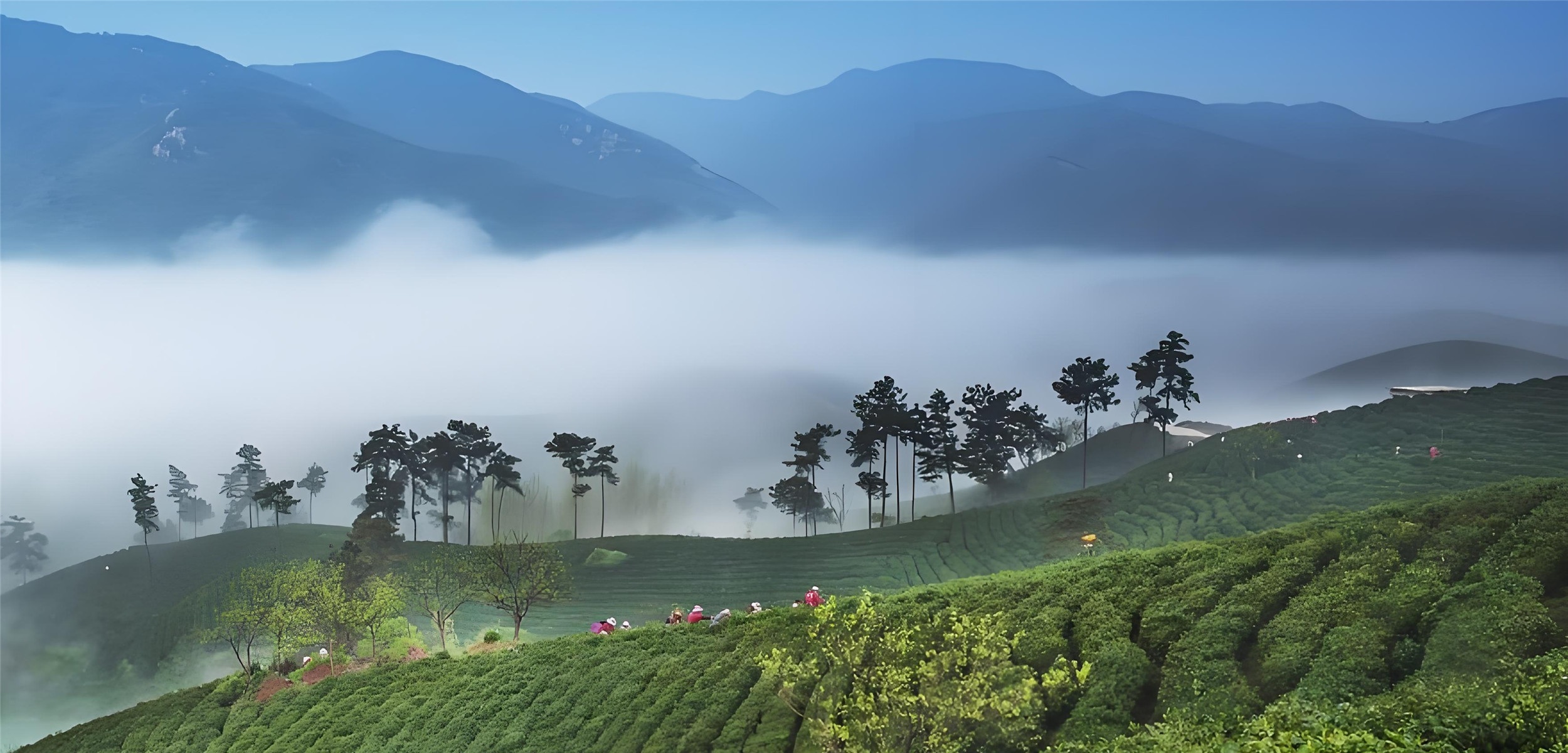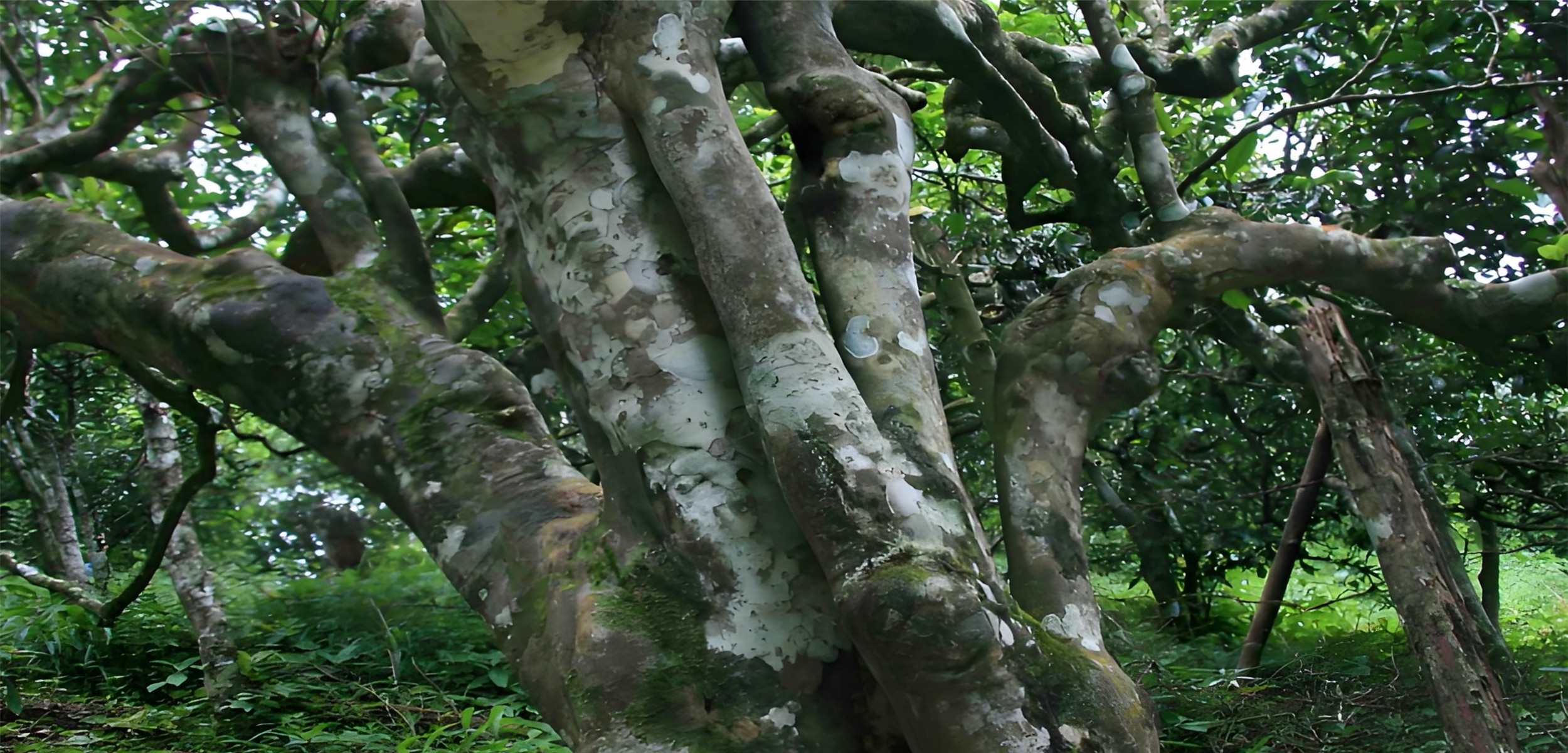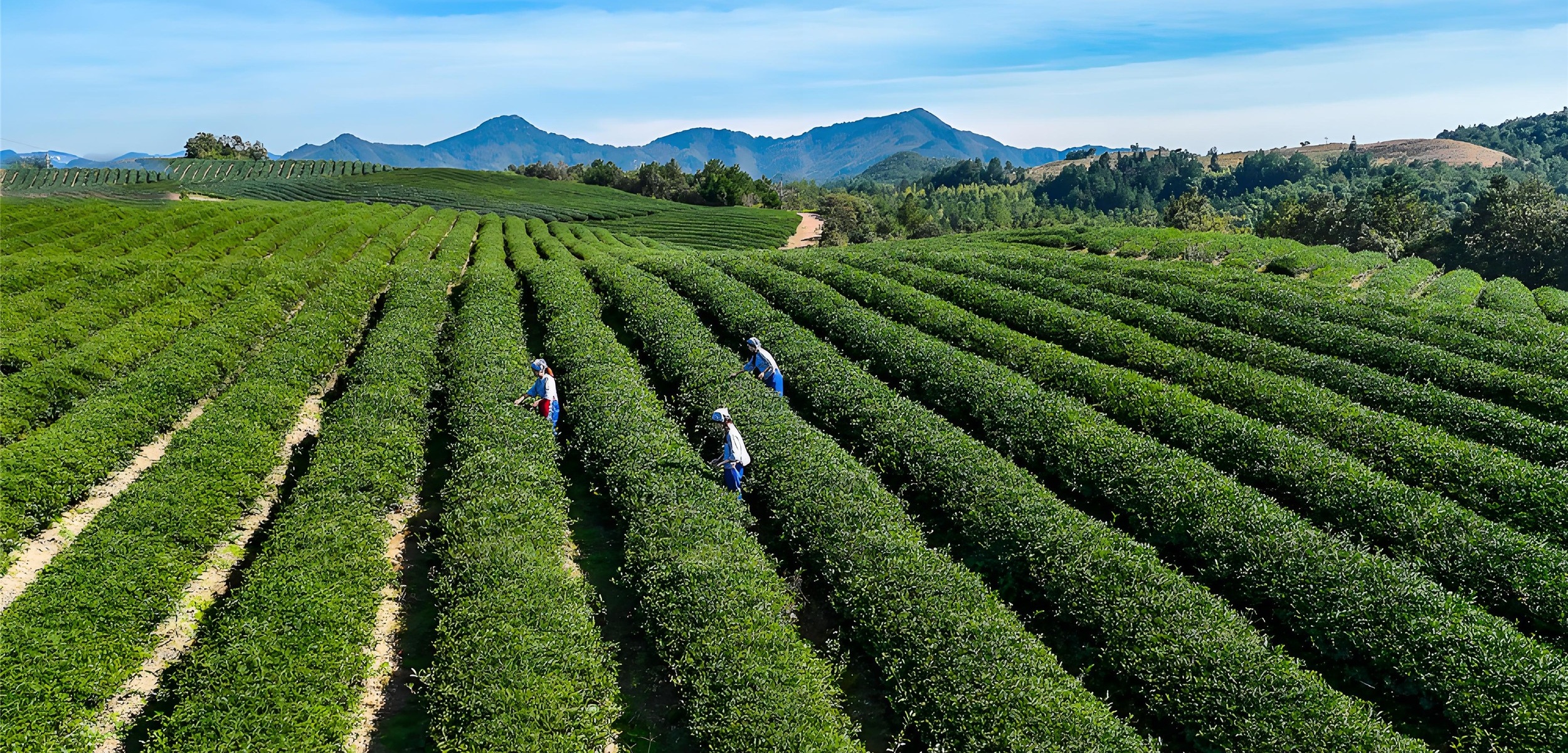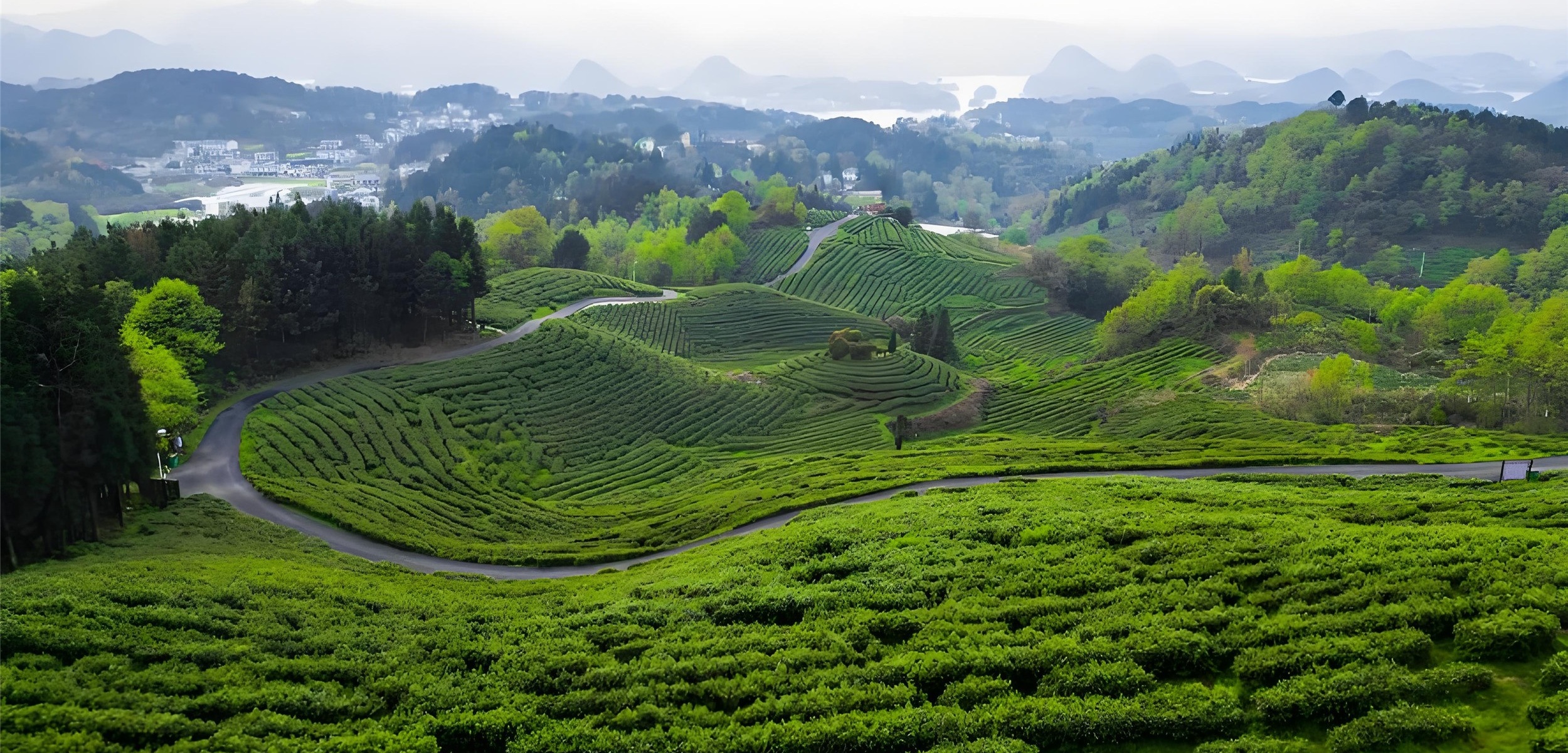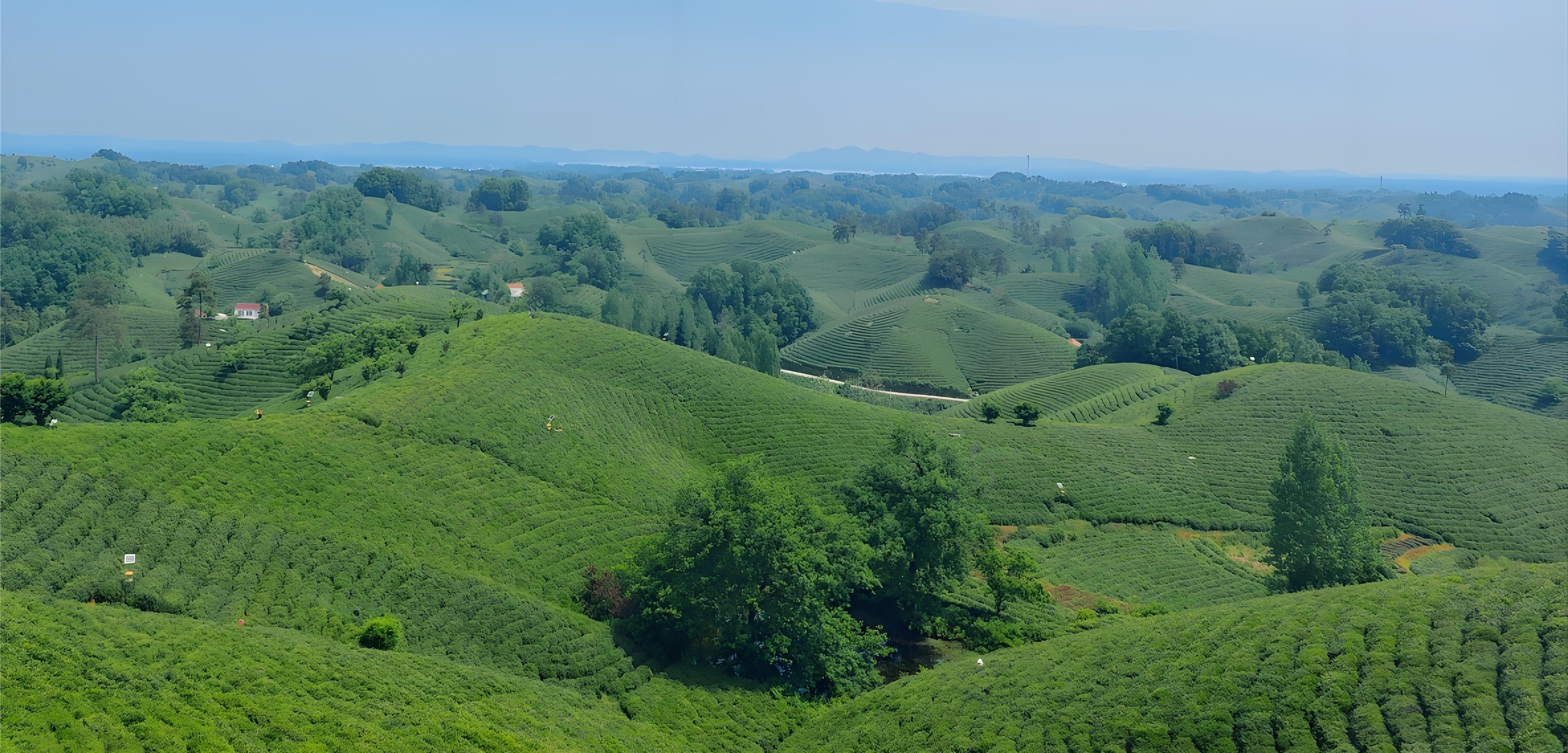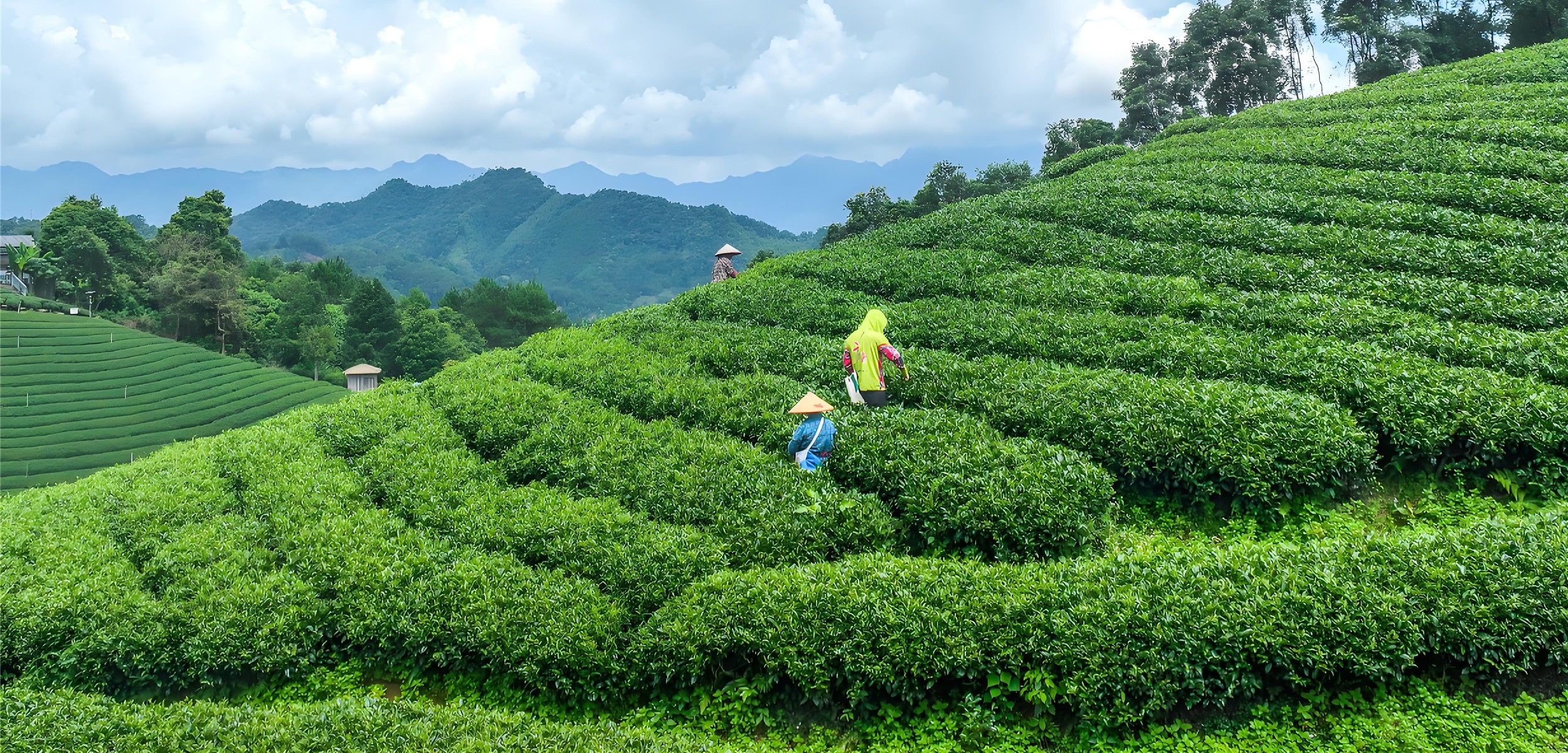“星空旅游”的正确打开方式 The correct way to open "Starry Sky Tourism"
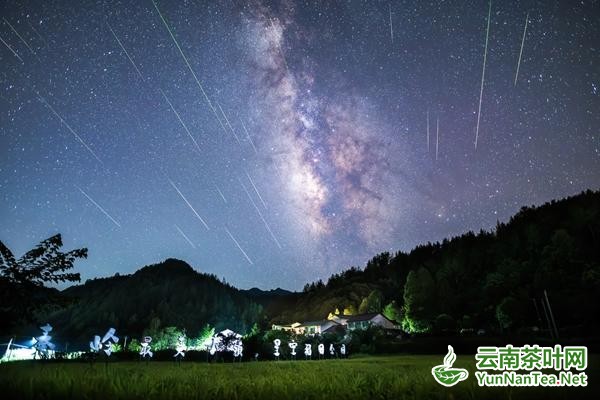
On August 13, 2023, in Huoshaodian Town, Liuba County, Hanzhong City, Shaanxi Province, the Starry Sky Rice Field Park in Qinling Starry Sky Town offers a view of the Perseid meteor shower. Visual China image supply
On the evening of August 13th, the Star Viewing Valley in Shapotou Tourist Scenic Area, Ningxia Hui Autonomous Region, was crowded with people. Tourists from all over the country sit or lie on sand dunes, gazing up at the stars while listening to astronomy teachers explain constellations and waiting for meteor showers to fall.
The peak period of the Perseid meteor shower is from August 12th to 14th every year, which is undoubtedly a grand event for every starry sky themed resort. The Ningxia Hui Autonomous Region, which took the lead in creating the "hometown of stars" cultural tourism IP, thanks to the blessing of the unique landscape of Tengger Desert, has added a romantic color to star watching.
According to data from Meituan Travel's comprehensive platform, "desert stargazing" has become one of the popular summer games this year. Since August, the search volume for "Desert Star Watching" has increased by 103% month on month, "Desert Star Watching Hotel" has increased by 120% month on month, and "Desert Camping" has increased by 35% month on month. In recent years, China's starry sky tourism has flourished from scratch. Various cultural and tourism departments in different regions have based on their own resource endowments, created differentiated products, and explored their own paths and experiences in developing starry sky tourism.
Ningxia Hui Autonomous Region has an average of nearly 300 days of sunny weather per year, with high atmospheric permeability and good conditions for dark nights. There is no scorching heat in summer and no severe cold in winter here, and stars can be observed all year round. Wu Yuguo, member of the Party Group and Deputy Director of the Department of Culture and Tourism of Ningxia Hui Autonomous Region, introduced that the autonomous region has built a "Starry Sky+" development model based on its unique advantages such as the "Desert Star River" scene, driving the development of industries such as accommodation, study tours, photography, and cultural and creative industries. Ningxia innovatively implements the "Starry Sky+" strategy, integrating the elements of "Starry Sky" into various aspects such as "food, accommodation, transportation, travel, shopping, and entertainment". It combines Starry Sky with characteristic industries such as wine and wolfberry on the eastern foothills of Helan Mountain, and innovatively launches integrated projects such as Starry Sky Tasting in Turandot Wine Town; Connect resources such as the Western Xia Mausoleum and Helan Mountain rock paintings, and launch a cultural stargazing themed route; Promote "Starry Sky+Technology" and develop courses such as Starry Sky Research and Astronomy Science Popularization; Integrating the Yellow River, desert, and starry sky, we have developed in-depth experiential products such as staying at star hotels, enjoying starry night dinners, watching starry night performances, listening to starry night lectures, admiring desert galaxies, and pursuing starry night photography.
Benxi City, Liaoning Province has a superior ecological environment and unique advantages in the development of starry sky tourism. Hu Yongli, Secretary of the Party Group and Director of the Culture, Tourism, Radio and Television Bureau of Benxi City, Liaoning Province, introduced that Benxi City has high visibility of the starry sky and abundant mountain resources, forming a good viewing angle and perspective. Camping, outdoor and other formats that are highly related to starry sky tourism are also relatively mature. The "Night Star Watching+Sunrise Cloud Sea" project at Wunv Mountain in Benxi City has developed into a well-known starry sky tourism project in Liaoning Province and even Northeast China.
In recent years, Chuzhou City, Anhui Province, has focused on creating a star watching belt called "Watching Stars Together, Viewing Scenery Together". Through various forms such as route planning and art exhibitions, it promotes the deep integration of starry sky, scenery, and culture. Wang Lianxia, Director of the Culture and Tourism Bureau of Chuzhou City, introduced that Chuzhou relies on the Jianghuai Watershed Scenic Road and has set up 28 characteristic starry sky check-in spots along the route. Tourists can experience the historical echoes of "Sima Rui's Garrison" and the interweaving of starry sky at Langya Mountain, and experience the poetic starry sky of Wei Yingwu's "Chuzhou West Stream" by the West Stream Lake. As an important node of the ancient Jinbei Pass and Jingjing Official Pass (from Beijing to Nanjing), Huangfu Mountain Qingliu Pass contains the history of the border between the Southern Tang and Northern Song dynasties, adding cultural depth to stargazing; Jinggang Camp, as the largest grassland in East China and the site of the Ming Dynasty military horse farm, is also an excellent place for stargazing on the grassland.
Shenzhen is one of the cities with the most severe light pollution in China and even globally, making the development of starry sky tourism quite challenging. However, in the process of exploring the development of starry sky tourism, Shenzhen has embarked on a unique path. Meilin, the director and associate researcher of the Astronomy Department of Shenzhen Astronomical Observatory, introduced that the linkage between Shenzhen Astronomical Observatory and Xiyong International Dark Night Community is the core of exploring the development of sky tourism. In 2010, the Shenzhen Observatory was built in Xichong. In 2023, with the observatory as the core, a 10.6 square kilometer area was designated to create the Xichong International Dark Night Community - a star watching area with convenient transportation and complete service guarantees in the Greater Bay Area.
Although the area of 10.6 square kilometers is small, it has explored a new model of coexistence between urban and dark night protection. The construction of the Dark Night Community started with the renovation of streetlights. The Dapeng New Area Management Committee and the Shenzhen Urban Management Bureau have replaced nearly 2000 street lights on the Xiyong section with warm light lights that do not illuminate the sky, significantly improving the lighting environment. At present, the community has achieved significant economic results: 45 homestay hotels have passed the certification of "Dark Night Community Lighting Demonstration Sites", and more than 15000 astronomical observatory reservation free entry quotas have increased check-in consumption; Ten related projects, including Starry Sky Hotel, Astronomy Homestay, Astronomy Camp, and Astronomy Museum, have been completed; We have created brand events throughout the year, such as the Greater Bay Area Astronomy and Technology Festival, Starry Sky Concert, Messier Celestial Marathon, and Astronomy Research and Education.
Panzhihua City in Sichuan Province has explored a unique path of "sunshine health as the background and starry sky tourism as the finishing touch" in 10 years. Liu Yaling, Secretary of the Party Group and Director of the Culture, Radio, Television, and Tourism Bureau of Panzhihua City, Sichuan Province, introduced that Panzhihua City has laid out an observation network throughout the city, created star observation points in the city center, built starry sky camping bases in suburban scenic spots (points), and established a scientific research level observatory in Yishala Village, forming a hierarchical complementary starry sky matrix. In addition, ecological restoration resources were cleverly utilized to transform three landslide remediation areas and two tailings ponds in the outskirts of the city into starry sky campsites and a thousand acre flower sea stargazing area, achieving 100% resource activation in ecologically fragile areas.
In order to make the starry sky "playable and memorable", Panzhihua City actively promotes the integration of starry sky tourism and other formats, igniting traffic through "festivals+stargazing", relying on the 600 year "sister festival" of the Lipo Yi people, and incorporating activities such as the Starry Sky Photography Competition and the "Mars Fire Language" talk show; In addition, we have developed Starry Sky Study Tour products and launched 7 stargazing study tour routes, receiving nearly 100000 study groups annually; Panzhihua City has also extended consumption through the "homestay+night economy", creating characteristic accommodation products such as starry sky themed homestays and starry sky wandering cabins, and launching the "Starry Night Market", driving a 35% increase in revenue from surrounding homestays.
Liuba County, Hanzhong City, Shaanxi Province, relies on the high-quality dark night resources of Huoshaodian Town to create star watching venues such as Qinling Rural Observatory, Qinling Rural Theme Block, Rice Field Starry Sky Park, and Taiziling Star Watching Base, achieving the transformation from natural assets to consumption scenarios. Wang Chunwang, the operation manager of Liuba Qinling Starry Sky Town, introduced that through training, many ordinary people in Huoshaodian Town have become Starry Sky lecturers, Starry Sky photographers, and study guides. Through the Qinling Starry Sky Town brand, Huoshaodian Town has achieved a breakthrough in the influence of the regional industrial chain, upgrading from a remote town to a county-level IP and becoming a new landmark of Qinling cultural tourism.
Source: China Youth Daily
编辑译文
段落对照
笔记
